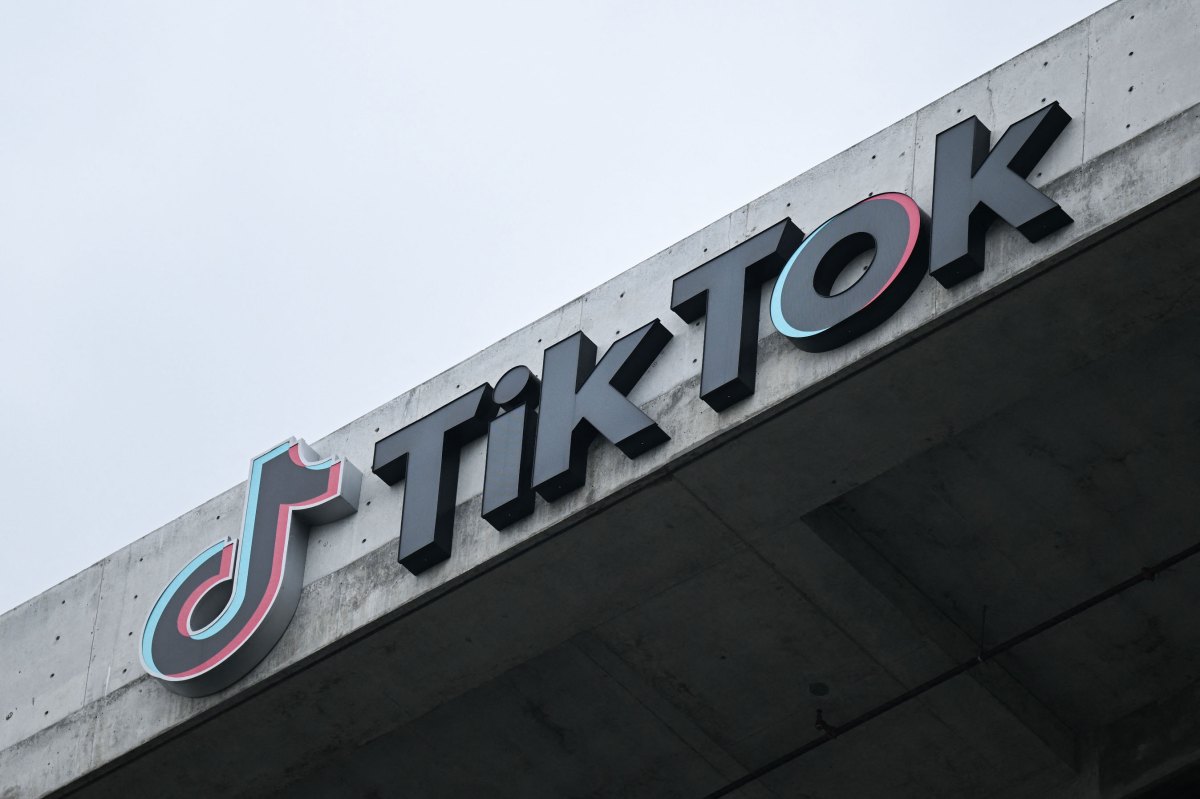Navigating 2024: The impact of interest rate plateau on financial startups | TechCrunch

Interest rates have plateaued at levels not seen in recent history, which means that startups and tech companies are likely operating in a business climate not seen recently: an elevated but stable interest rate environment. This rise in interest rates has primarily influenced the shift to a more challenging environment for startups over the past 18 months, impacting everything from VC/fundraising to top-line growth to daily operating costs. As we step into 2024, the question on everyone’s mind regarding interest rates is, How do we plan for the future? I recommend that companies focus on three things: (1) the return on investment (ROI) of innovation, (2) capital conservation, and (3) risk management.
Return on investment
In terms of emphasizing the ROI of innovation, growth is still paramount at tech companies, but they need to grow in a way that brings an ROI and ultimately yields cash flows. In their early years, most tech companies are financed by venture capital, specifically designed to fund enterprises that lose money initially, taking significant risks (and big losses) to ultimately realize outsize profits.
The interest rate trajectory has been more stable over the past few months.
This affair is still true today, and high growth is the primary indicator of a young company’s ability to eventually generate significant future cash flows. This is true in all interest rate environments. However, the nuance is that with higher rates, the value of future cash flows is discounted at a higher rate (worth less today), so the relative value of huge outsized future returns versus current losses is more muted.
The interest rate trajectory has been more stable over the past few months. At this elevated but not astronomical level, tech leaders should continue to emphasize investment and projects that will drive growth. Still, they should do so with more visibility — and tighter timelines to realize the benefits. Specifically, this means funding projects (often in product builds) with clear — at minimum — medium-term (six to 18 months) paths to increasing revenue and/or lowering costs.
This does not mean ignoring projects that impact only user experience; those are always relevant, but it means, for example, being clear on how that user experience improvement will drive product engagement that, in turn, moves a desirable metric (which in turn likely impacts revenue or cost). Explicitly state that metric movement and hold the project leaders accountable for it.


